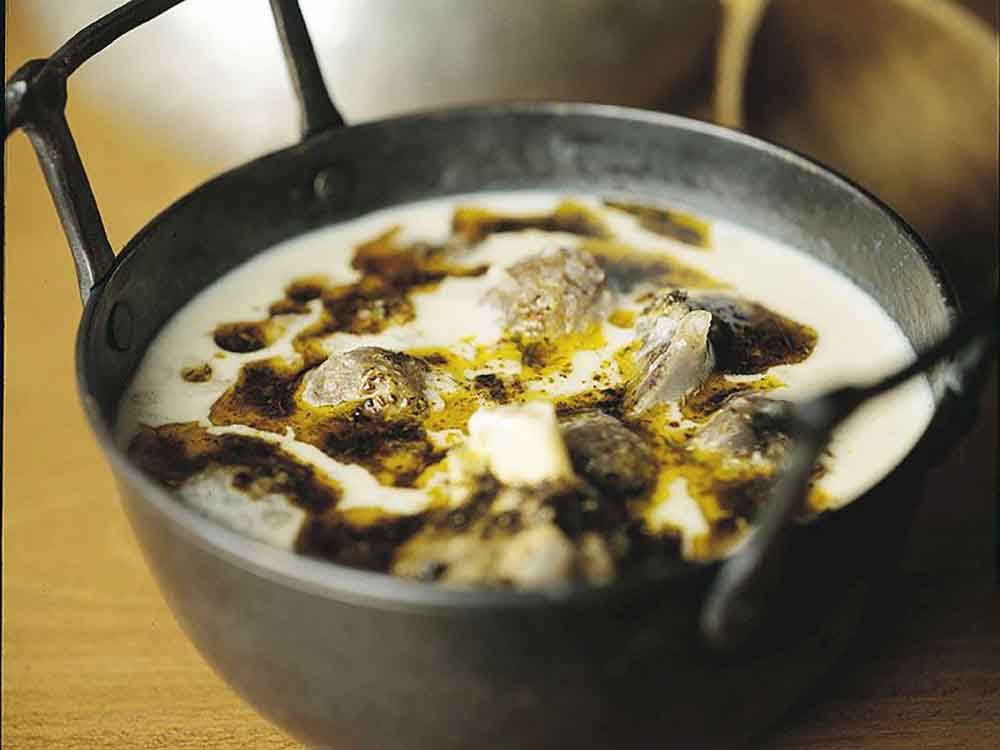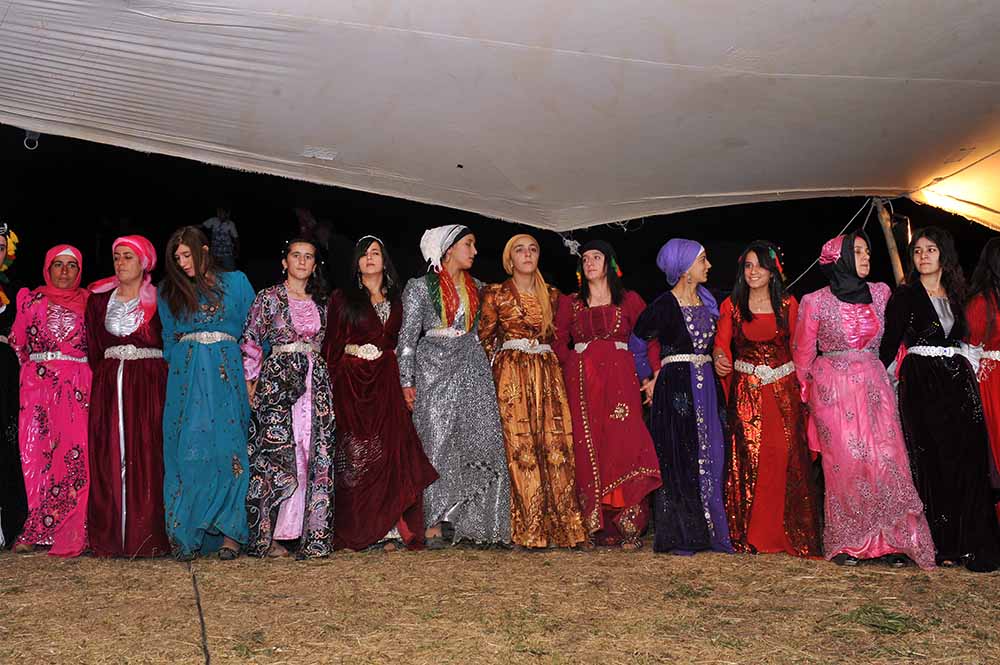Hakkâri, located in the southeastern part of our country, is a historic city bearing the traces of the civilization of Mesopotamia. The city, whose history was quite old, came to light with the Paleolithic Age and was converted into a settlement at the time of the Urartian. With the culture of Iran and the Middle East on one hand and Anatolian culture on the other hand, the city possesses a unique heritage. Şırnak is located to the north and the west of the city, while İran borders the east, and Iraq borders the south.
Climate and Local Cuisine
The city has a strict and terrestrial character of the southeastern climate, with hot and dry summers, and cold and snowy winters. The temperature, which is below 0 degrees Celsius in winter, exceeds 30 degrees in July and August.
Hakkâri cuisine offers rich choices from different cultures. Especially the meat dishes are very popular in Hakkâri. In Hakkâri’s local dishes, we are able to find authentic tastes such as çorti aşı, sengezer, aside dessert, doleme, doğaba, cimilig, keledoş köfte, kiriş, and lalaped. Among the most authentic dishes of Hakkâri is gulul made with molasses and rice.

Doğaba
Places to Visit
- Cennet Cehennem Valley: Located 45 kilometers from the city center, Cennet Cehennem Valley is located at the foot of Mount Cilo, with its magnificent natural beauty. The valley, covered with glaciers, especially in the spring, has a colorful structure and provides a great setting for sports.
- Meydan Madrasah: Meydan Madrasah, which was built in the 18th century during the Ottoman period, is one of the important historic buildings in Hakkâri.
- Lake Seyithan: Seyithan Lake in Yüksekova district of Hakkâri is at the top of Cilo Mountain. At the same time, the lake, located right next to a plateau, contains many important trails for nature sports and walks.
- Durankaya Plateau

Traditional wedding
- Mergan Valley
- Kayme Palace: Kayme Palace in the town of Şemdinli in Hakkâri. It was built in the early 1900s. Today there are inscriptions and walls left from the palace.
- Merga Bütan Ski Center: Only 12 kilometers from the city center, the ski resort is home to many important runways.
- Şemdinli Stone Bridge: Built in the 1800s, the bridge is located on the Şemdinli stream.
How to Get There
Hakkâri and its districts are reachable by highway. There is also great intercity transportation by bus from Van. In addition, Selahattin Eyyubi Airport in Hakkâri is a place that you can reach in 1.5 and 2 hours with direct flights from Istanbul and Ankara.
